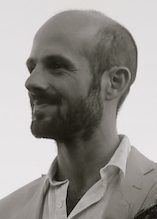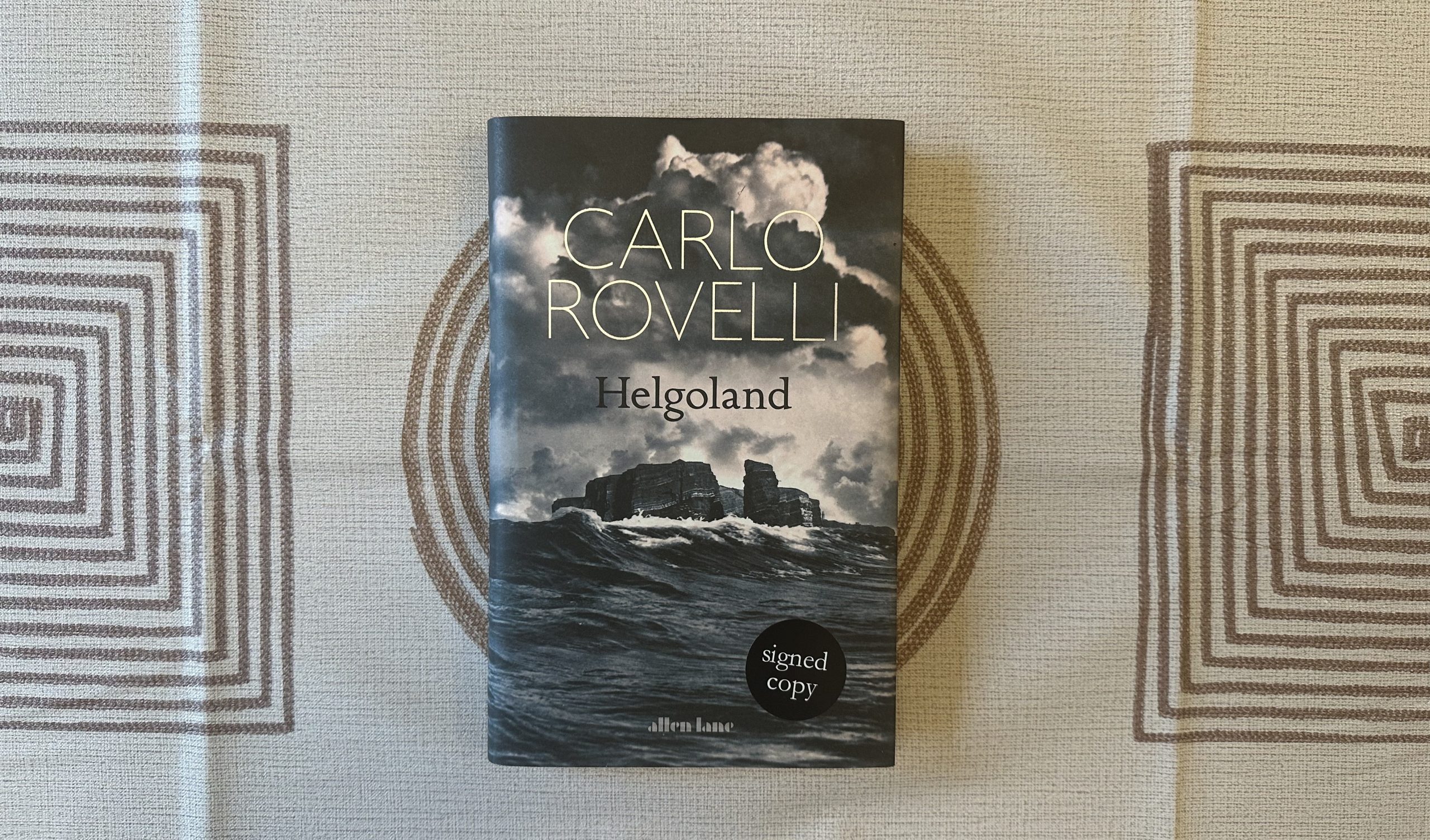 Giles Dawnay is a writer and salaried GP in Leominster, Hereford
Giles Dawnay is a writer and salaried GP in Leominster, Hereford
His writing can be found at www.gilesdawnay.com and he is on Twitter: @gilesdawnay
In his book, Helgoland, Carlo Rovelli attempts to bring us up to date with the latest in the bewildering and bewitching subject of quantum physics. One of his main assertions, based on the literally mind-blowing work of Heisenberg and Einstein (to name but a few), is that quantum physics is revealing that the observer will always affect the observed. No experiment is free from its outcome being effected by the viewer. No one is able to truly stand apart at any point without some sort of influence. We are all in it together.
The Enlightenment was the emancipating pursuit of objectivity through the scientific method. Suddenly superstition and religion could be challenged, disproved and debunked. With this came hard science resulting in enormous progress and freedom. Yet if we stop and consider Rovelli’s insight, it is quite a jaw dropping statement. It essentially challenges the revolutionary scientific method upon which observation and measurement is based.
The goal of rational science is to reach a state of total objectivity, whereby we witness the results in a pure and unfiltered way. Rovelli is saying that this does not happen. Everything is in relation with everything else, the famous ‘butterfly wing effect.’ In Rovelli’s own words ‘…reality is made up of relations rather than objects.’
The consequences of this are potentially enormous. If true, it means that we cannot ever separate ourselves from any interaction we are in. Everything we do is essentially an act of co-creation. Wherever and whoever we are with, the moment is partly shaped by our own input, whether actively or passively. No matter our intentions, we cannot really observe without some sort of influence.
In that case, can we extrapolate his findings to our own clinical rooms? What does this say about the doctor-patient dynamic? This relationship is much written about and explored yet this sheds new light on how and what is happening. How much is the patient able to say based on the how the clinician allows them to be? Does the patient say the same thing to every clinician or does the consultation reveal itself by how the patient perceives their doctor? How many of us can remember the seemingly endless and occasionally infuriating experiences both at medical school and as a junior doctor of taking and presenting a history, only for the consultant to discover something completely different about the patient in a fraction of the time?
Or we can put the boot on the other clinical foot, what about the patients we just do not connect with, the ones who depart our clinical space leaving us scratching our heads. There was more going on there, but we couldn’t access it. We despair into our faded GSK-sponsored mug. Was it that the patient just didn’t feel safe enough in the space we proved for them, that they weren’t able to bring to the table what they really needed to?
This insight by Rovelli asks us to question the perceived duality of the consulting room. Are both individuals in there truly separate or does the doctor create the patient, and vice-versa does the patient create the doctor? Can we accurately claim to hold an objective space for the patient to reveal themselves in, can the patient actually say what they want to say regardless the doctor they are with? What is the impact on the outcome when there are more than two in the room?
The modern cult of individualism demands us to believe in our separation from one other, to believe that we can create ourselves without thought of the consequences of what we are doing. Yet Quantum Physics is beginning to tell us there are always consequences, we do not exist alone and without reverberation. Objectivity is a fine goal, but perhaps an impossible and misplaced one.
As healthcare continues moving forward, then perhaps the time has come to recognise and look again at our approach as simply doing the task of observing, gathering data and then making decisions. The outcome of our interactions is as much rooted in our approach as it is in the biophysical reality of the patient and their symptoms.
Of course we can never be all things to all people, but in those moments when we are not, this offers a valuable and exciting possibility of why.
Featured Book: Carlo Rovelli, Helgoland: The strange and beautiful story of quantum physics, Penguin, (2022), 208 pages, Paperback, ISBN: 978-0141993270 £10.99
Featured photo taken by Andrew Papanikitas, 2023






